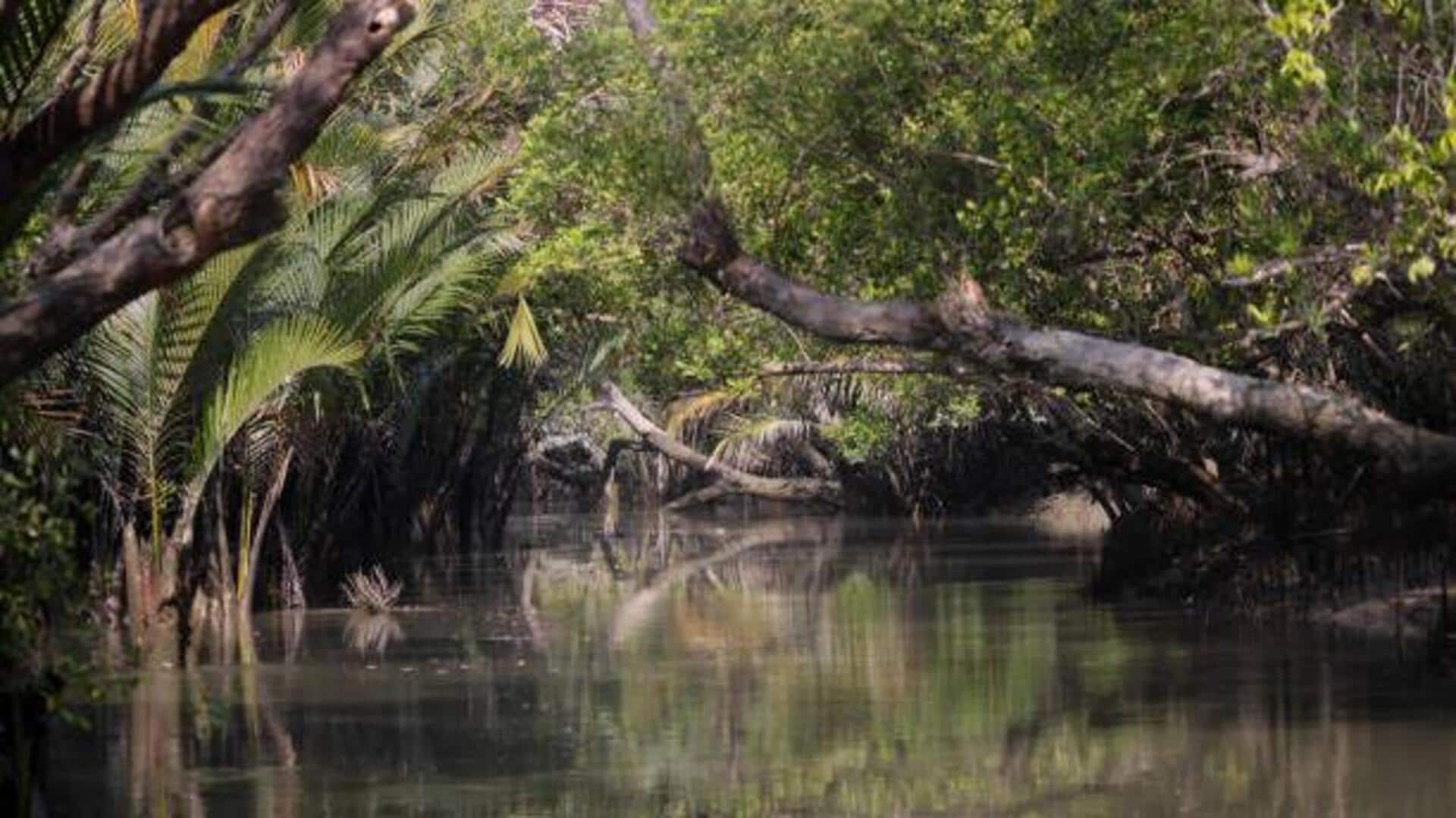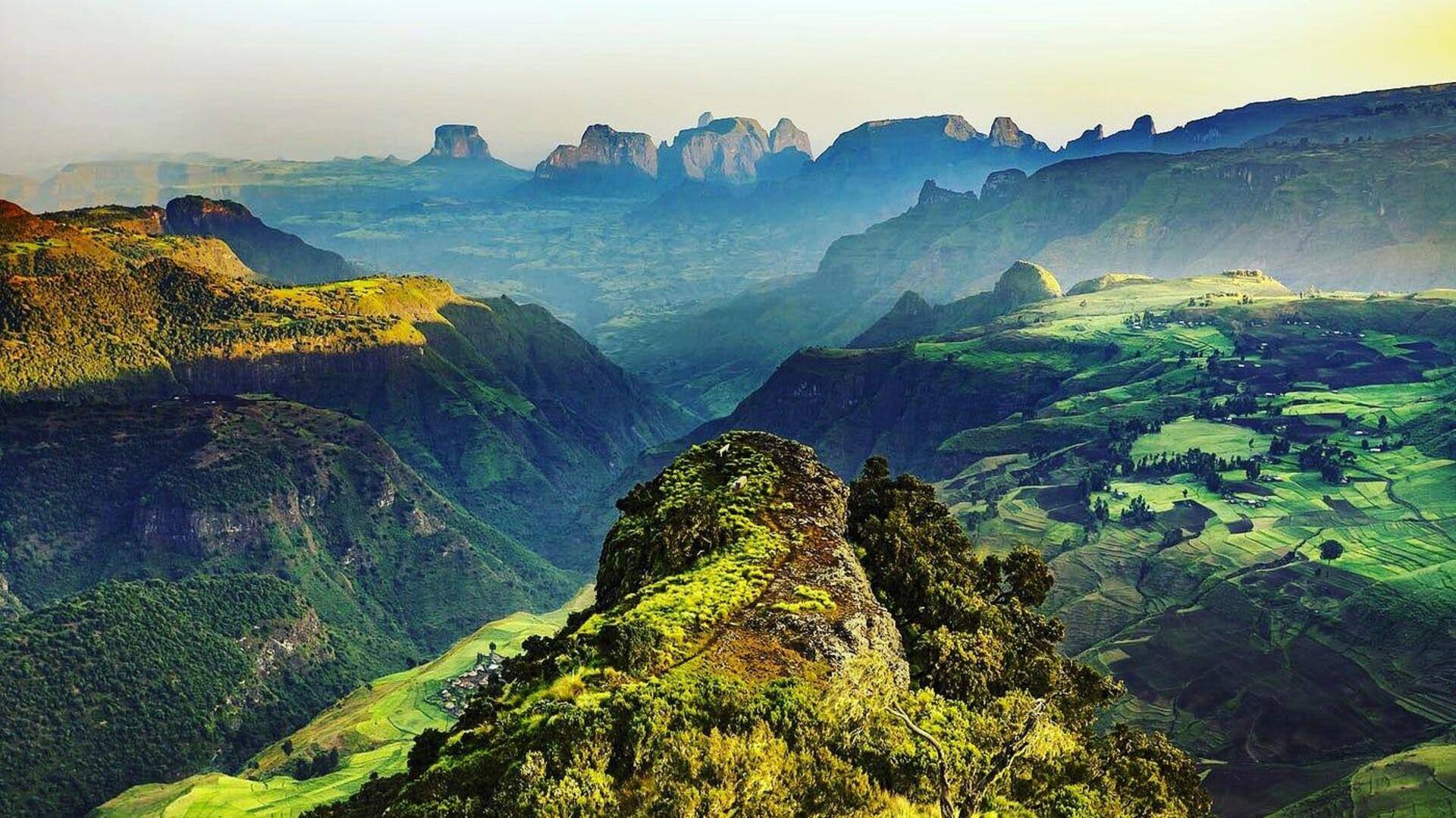Migratory Patterns Changing
Animal migrations, once reliable patterns, are changing. These shifts are caused by diverse factors, like climate change. Shifting temperatures can impact
the timing and routes of migrations. For instance, the timing of migrations might change to align with food availability. Human interference and habitat degradation are also contributing to these changes. Activities such as deforestation and agricultural expansion directly impact the habitats animals depend on. These disturbances disrupt migration paths. These disruptions have cascading effects across ecosystems. Ultimately, they are challenging the ability of species to survive and thrive.
Ecosystem Consequences
The effects of changes in animal migration ripple through ecosystems. Many animals are ecosystem engineers. For example, their movements can shape landscapes by dispersing seeds, controlling insect populations, and maintaining the balance of predator-prey relationships. When migrations are disrupted, the overall biodiversity declines. Changes in migration can also alter the flow of nutrients through ecosystems, affecting plant growth and soil health. The decline in migratory populations can lead to less effective seed dispersal, resulting in a reduction of plant diversity. Disrupted predator-prey relationships can also cause imbalances within the ecosystem. Efforts to protect migratory routes are essential to maintain healthy and functional ecosystems.
Conservation Imperatives
Protecting the world's migrations calls for global collaboration. Understanding migration patterns through research and monitoring is crucial. This allows conservationists to identify critical habitats. Establishing protected areas is vital to safeguard habitats. Enforcing regulations and combatting illegal activities is necessary to prevent habitat destruction and poaching. International cooperation is essential. This is needed to protect shared migratory routes and prevent the extinction of the animal species. Furthermore, raising public awareness is key to garnering public support for conservation initiatives. It is our collective responsibility to safeguard these remarkable journeys for future generations.











